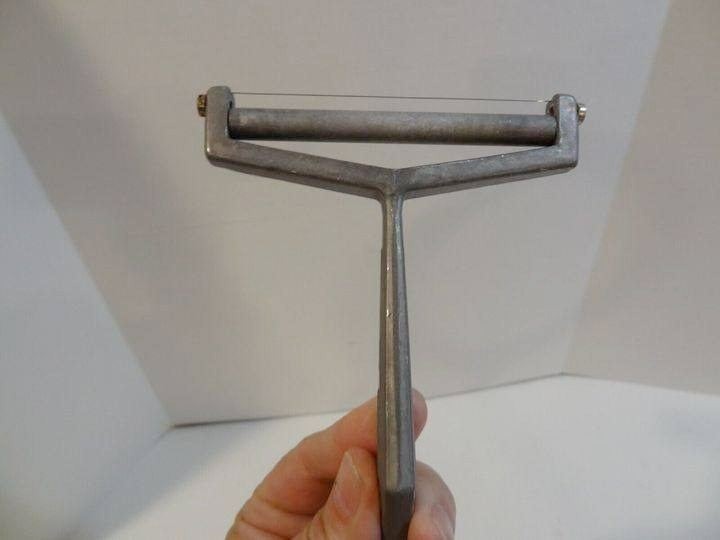ADVERTISEMENT
In ancient Mesopotamia, Egypt, and other early civilizations, knives were not only used for culinary purposes but also for ritualistic and ceremonial functions. The Egyptians, for example, used knives in religious ceremonies, including those related to the preparation of offerings to the gods. Over time, the development of metallurgy continued, and iron replaced bronze as the dominant material for making knives.
### **The Iron Age: The Rise of the Modern Knife**
By around 1,200 BCE, iron had become the material of choice for tool-making, replacing bronze in many areas of the ancient world. The use of iron allowed for knives that were even more durable, stronger, and capable of being sharpened to a finer edge. Iron knives were much more affordable and accessible than their bronze predecessors, making them common tools in the households of ancient civilizations.
As societies advanced, so too did the craftsmanship of metalworkers. Ancient Greeks, Romans, and later medieval European smiths began to refine their techniques for forging blades, leading to the creation of increasingly sophisticated knives. During the Roman Empire, knives became integral not just for cooking but for military purposes, with soldiers using them as part of their everyday gear.
The medieval period also saw the rise of specialized knives designed for specific tasks. For instance, bread knives, carving knives, and butchers’ knives became common tools in the kitchens of nobility and royalty. At the same time, knives were still used for eating, as forks were not widely adopted until the Renaissance.
### **The Renaissance: The Introduction of Precision Craftsmanship**
The Renaissance (14th–17th centuries) was a period of profound cultural, intellectual, and technological change, and the art of knife-making was no exception. During this time, European blacksmiths honed their skills in creating blades that were not only functional but also aesthetically beautiful. The rise of skilled artisans and the influence of trade routes allowed for the exchange of techniques and materials that improved the quality of knives.
The Renaissance period also saw the development of high-carbon steel blades. Steel, made by combining iron with carbon, allowed for much sharper and longer-lasting blades. These knives were forged with intricate designs and became status symbols for the wealthy and powerful. The craftsmanship of Renaissance-era knives was such that many examples from this period are now considered works of art.
In the kitchens of this era, knives were still primarily used for basic food preparation, such as chopping vegetables, cutting meat, and slicing bread. However, the design of the knives began to evolve to include more specialized forms, as different tasks in the kitchen required different tools. The development of the “chef’s knife” in this period marked the beginning of a new era for kitchen knives—one focused on versatility, precision, and comfort.
### **The Industrial Revolution: Mass Production of Kitchen Knives**
The Industrial Revolution of the 18th and 19th centuries changed the course of history in many ways, and the production of kitchen knives was no exception. With the advent of steam power, mechanization, and mass production techniques, knives could be manufactured on a much larger scale. This led to the creation of affordable knives for households across the world.
The late 19th century saw the birth of some of the most iconic knife brands that still exist today. Companies like Wüsthof, Henckels, and Victorinox began producing high-quality kitchen knives using advanced manufacturing techniques, ensuring that both professional chefs and home cooks could enjoy the benefits of finely crafted tools.
During this time, knives became even more specialized. The classic chef’s knife, with its broad blade and versatile design, became the go-to knife in professional kitchens, while paring knives, serrated knives, and boning knives were developed for specific tasks. The ability to produce large quantities of knives at lower costs made these tools more accessible to a wide range of people, transforming home cooking forever.
For Complete Cooking STEPS Please Head On Over To Next Page Or Open button (>) and don’t forget to SHARE with your Facebook friends
